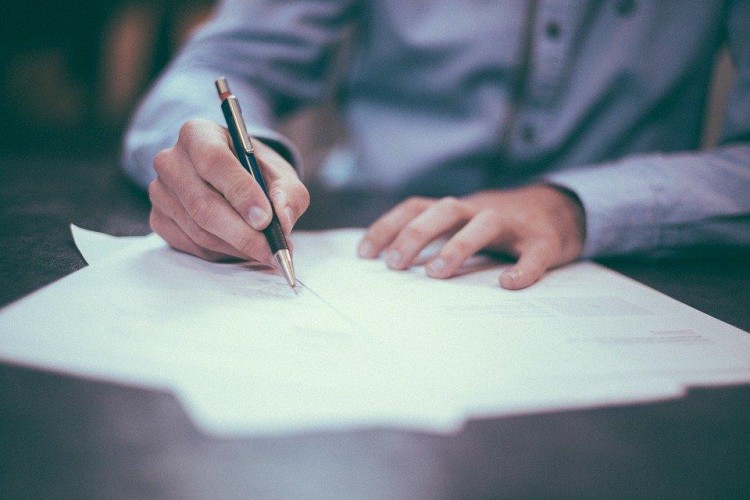
One of the toughest and yet the most overlooked parts of finding an apartment is getting to know the landlord. You need to have a good relationship in order to move forward with the lease so you can move into your new apartment, and that relationship often starts with the age-old question: ‘who signs first?’
Signing a lease isn’t as simple as both sides writing on the dotted line, and even if the lease is signed, different states have several rules about how it can be enforced. Before we get started on all of that, what is a lease anyway?
What Is a Lease?
A lease is a formal agreement between the tenant (you) and the landlord (them) that states all of the conditions for living at a property in exchange for rent. For example, the lease could say that you can stay in the apartment for the agreed-upon rental amount, but you can only be late with your payment once. Additionally, you have to keep the noise level down. If those rules are broken, then the lease outlines your punishment as well.
A written lease agreement can either be completed in person or online through a service that offers free lease agreement forms like FormsPal. It might also state the requirements for the landlord when you are the tenant. They might be required to keep up repairs to your apartment in a timely manner.
The Lease Signing
There are three types of ways that you can sign your lease:
- A Verbal Lease Agreement
- A Written Lease Agreement
- An Online Lease Agreement
While not as strong as a written lease and not intended to act as a replacement, a verbal lease agreement is considered binding for a year. You should still get a written agreement as soon as possible, but for quick changes that need to be finalized now, a verbal agreement works just fine.
If you sign the lease in person, you can ask questions and make sure you understand all of the various points. For an online lease, don’t just click through it and move on. Instead, make sure to read the entirety of the lease and make sure you understand everything.
Who Signs First?
A tenant should always sign the lease first, and once you receive the lease, the ball is in your court when it comes to signing it. A tenant always signs first because the lease indicates that the apartment they want is available. If the landlord signs and takes the lease off the market, they need to wait for your signature, which can be somewhat risky.
Instead, it’s much easier for the landlord to sign the paper once you’ve signed it and then move forward with moving you in. The signature of the landlord signals the lease and then often charges a move-in fee. After you pay that fee, the apartment is now yours.

Negotiating Lease Terms
While 90% of the time lease terms go off without a hitch, in some cases, both tenants and landlords might want to renegotiate the deal. Sometimes the rent amount needs to be changed; other times, you might want to negotiate about the apartment’s pet policy. Landlords are generally open about changing terms, but it still is a negotiation.
After the details have been finalized, the landlord will draft a brand-new lease and send it to you for review. You would review the changed terms and then sign the lease before sending it back.
Tips for a Lease
Make sure that the lease is reasonable. Having quiet hours so everyone can get some sleep is very reasonable, but having those hours start at 2:00 pm is not. Landlords might try to rush you into signing a lease because the faster you sign, the faster they can get paid, but don’t fall for it.
Once you have the unsigned lease, the ball is in your court, so don’t be afraid to take your time. Also, don’t be scared to talk to your landlord about something that doesn’t make sense or something that doesn’t seem reasonable.
Do You Need a Copy of Your Lease?
Yes. Everyone who signed the lease needs a copy of the lease contract, and you should keep your lease in a safe place where you can quickly get to it. While a physical contract is nice, some apartments do have property management software where the leases can be found digitally. The landlord will keep a copy of the lease as well, and with luck, neither party will ever have to use it.
Keep your lease with other important documents, and never tell anyone where you are storing them. If your lease changes, update the folder with the current, up-to-date copy of your lease, and then make sure that you still keep the past leases if you feel they are needed. Even if you can have an online copy, keep physical ones as well. Online documents can be stolen, corrupted, or deleted accidentally, but physical copies are free from that risk.
Signing a lease doesn’t need to be complicated or frustrating but should instead focus on the relationship between you and your landlord. As long as you both keep communication lines open and do your best to read the lease before you sign it, the agreement should work out for you.











Author
Malika Brown